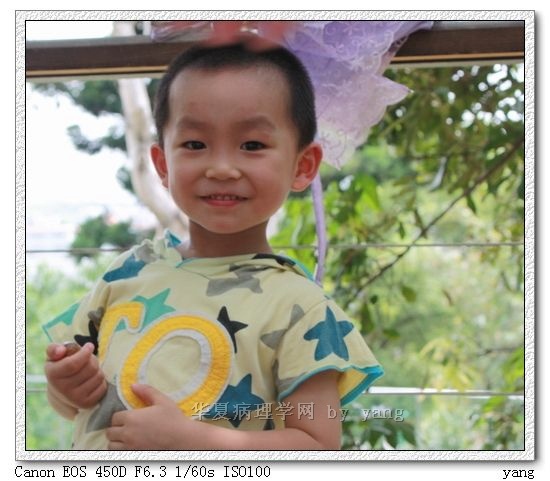| 图片: | |
|---|---|
| 名称: | |
| 描述: | |
- 前列腺
-
lijunchuan 离线
- 帖子:151
- 粉蓝豆:52
- 经验:295
- 注册时间:2006-11-04
- 加关注 | 发消息
-
前面两张图有一些小腺体,后面的图显示了筛状增生,就所给图片来说,诊断癌证据有些不足,最好诊断为atypical small acinar proliferation suspicious of malignancy.(疑为恶性的不典型小腺泡增生, ASAP)。部分细胞核仁明显,可能也有高级别的PIN。ASAP和PIN一样,与癌伴发或再活检发现明确癌的几率较高,但两者概念不同。此例是否诊断癌还要看周围有无更明显的区域,PSA水平,以及免疫组化结果如何。建议必要时再行穿刺活检。

- the more we discuss, the more we learn from each other !!
-
zhongshihua 离线
- 帖子:1608
- 粉蓝豆:0
- 经验:1651
- 注册时间:2006-09-11
- 加关注 | 发消息
-
This is prostate adenocarcinoma with Gleason grade 4+3=7. On the pictures you can see glomerulation (like in the kidney, picture 1) , which is one of the diagnostic features for prostate adenocarcinoma. Ohter two diagnostic features, which are not seen in this case, are perineural invasion (atypical glands surronding, huging nerve) and mucinous fibroplasia. In picture 5 there are vascular core, wich is ductal adenocarcinoma and same like regular patter 4 and cribriform configuration (pattern 4). If the picture represent the ration of lesion it is 4+3=7.




































